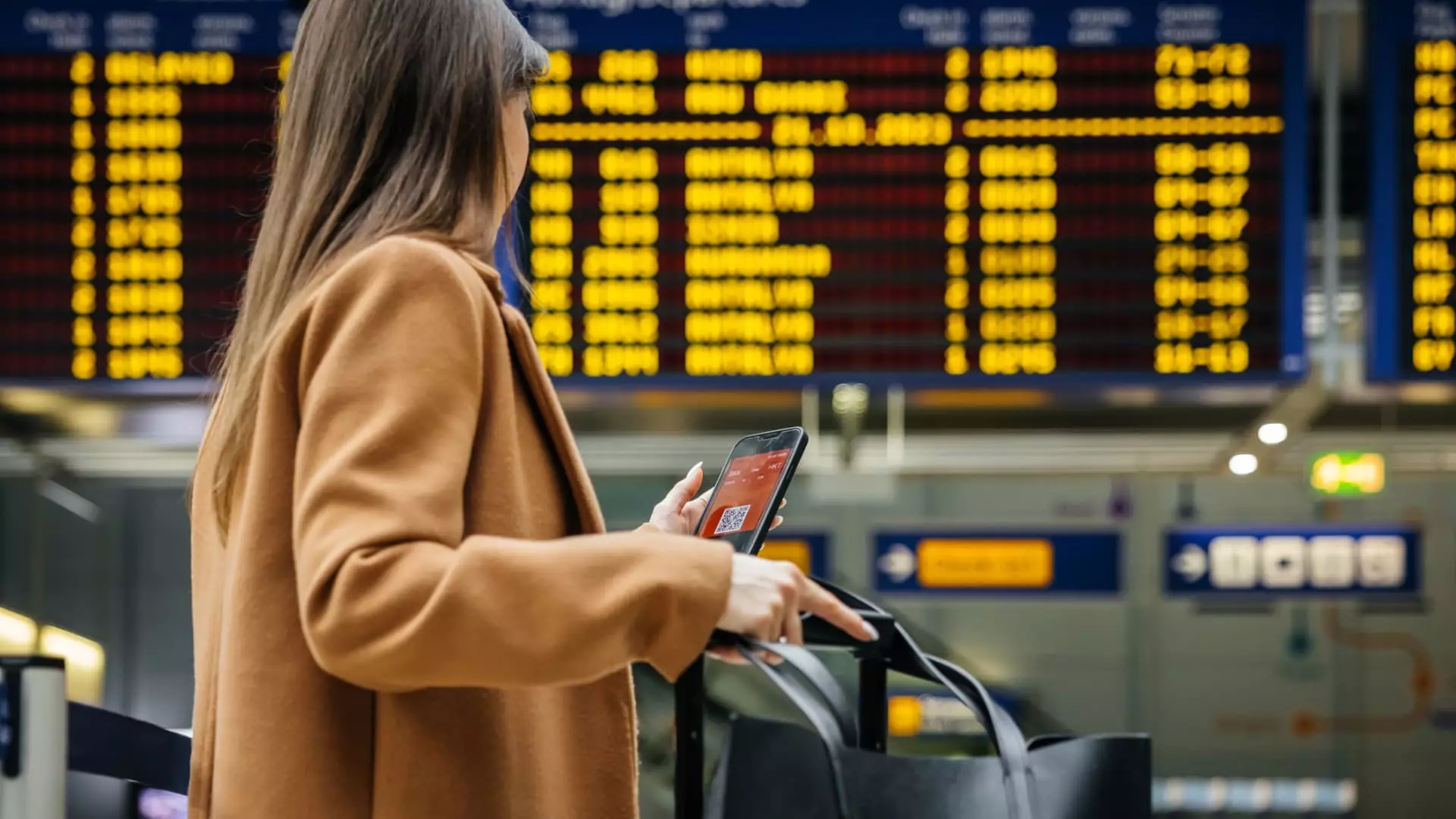Despite the ongoing impacts of the pandemic, Americans are showing a strong enthusiasm for international travel. According to research from Bank of America, travel spending among American households has surpassed pre-pandemic levels, with a significant portion of this spending allocated towards vacations abroad. This trend is further supported by data indicating that about 17% of Americans expressed intentions to vacation abroad in the next six months. This represents a notable increase from previous years, pointing towards a growing interest in international travel among Americans.
Rise of International Travel Demand
The demand for international travel has seen a surge in recent years, driven by factors such as the easing of Covid-19 health concerns and the relaxation of travel restrictions by various countries. This has led to a situation where Americans are eagerly spending on international trips, thanks in part to a combination of pent-up wanderlust and increased disposable income due to a reduction in expenses during the pandemic. Moreover, the decrease in international airfare prices has played a significant role in fueling this demand, making overseas travel more affordable and accessible to a wider range of travelers.
Bank of America’s research revealed some interesting trends in terms of regional spending patterns among Americans. While Europe remains the most popular international destination for U.S. tourists, other regions like Asia have shown a notable increase in travel spending compared to previous years. This growth in spending can be attributed to factors such as favorable exchange rates and a desire to explore new and exotic destinations. As a result, Americans are diversifying their travel experiences by venturing beyond traditional tourist hotspots.
Despite the rise in international travel, domestic trips continue to be the preferred choice for the majority of Americans. However, there has been a slight shift in this trend as more American travelers are now opting for overseas vacations. Higher-income households, in particular, have been identified as the driving force behind the rise in international travel, with luxury hotels witnessing higher demand compared to standard accommodations. This suggests that affluent travelers are willing to splurge on premium travel experiences, underscoring the resilience of the high-end travel market.
While the overall outlook for travel spending remains positive, there are some challenges that travelers are facing, such as the impact of inflation on travel costs. Despite these challenges, most travelers are adapting their behavior by choosing off-peak travel periods or making advanced bookings to mitigate potential cost increases. This flexibility and willingness to adjust travel plans indicate a level of resilience and adaptability among travelers, reflecting a shift in consumer behavior in response to changing economic conditions.
The latest trends in travel spending among American households paint a complex picture of evolving consumer preferences and behaviors. The continued rise in international travel indicates a growing appetite for exploring new destinations and experiencing different cultures. While domestic travel remains popular, there is a noticeable shift towards overseas vacations, driven by factors such as increased disposable income, lower airfare prices, and changing consumer preferences. As travelers continue to navigate the uncertainties of the post-pandemic world, flexibility and adaptability will be key in ensuring enjoyable and cost-effective travel experiences.

